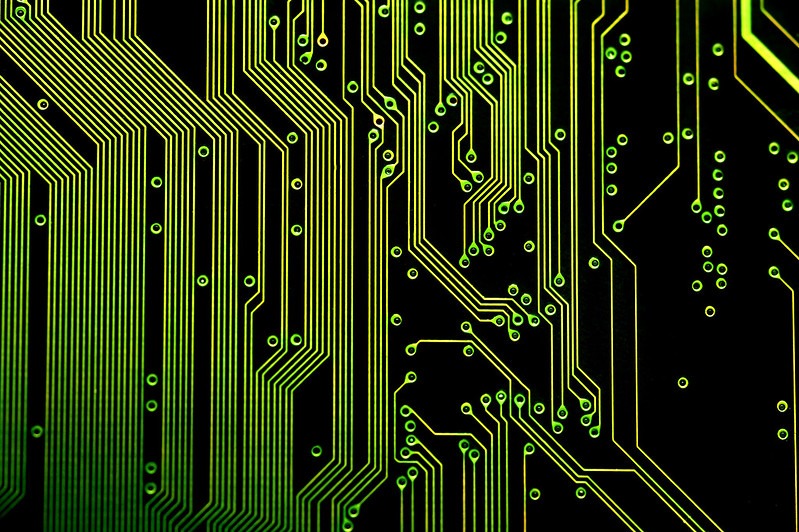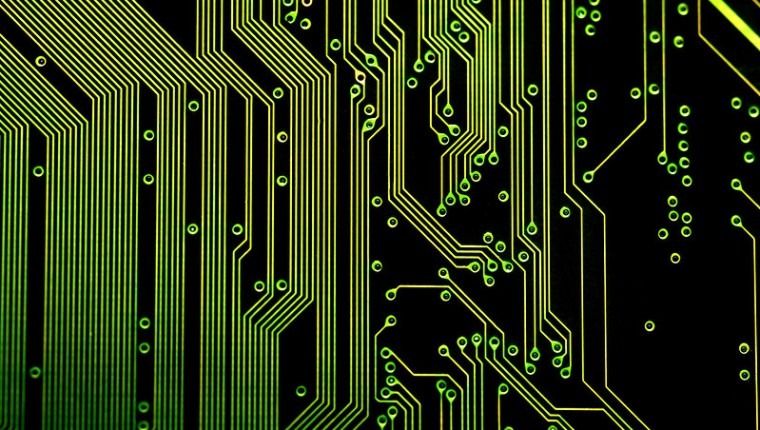July 27 from 6-7 pm
Free
The Dalí Museum and Online
Details here
Algorithm art, an artmaking technique with roots stretching back centuries to the Islamic golden age, took on fresh meaning with the advent of computers in the mid-20th century. It was in the 1960s when innovative artists like Verah Monár and Manfred Mohr embarked on pioneering experiments in university labs, harnessing the power of computers to create their visual art.
Computers provided these artists with a novel framework to give shape to the abstract visual systems they had been delving into prior. They discovered that by meticulously crafting algorithms, they could venture into realms of chance and introduce intriguing degrees of randomness into their compositions.
As computers gradually became more accessible, artists eagerly embraced the digital tools at their disposal. Although algorithmic – or generative – art remained a relatively niche art form until the 21st century, it has now earned recognition from esteemed institutions and is taught at universities worldwide.
Through this concise article, let me transport you to the origins of algorithmic art and shed light on some of the early pioneers making generative art from their own computer algorithms.
The term “algorithm” finds its origin in the works of the Persian mathematician Muhammad ibn Musa al-Khwarizmi. His foundational work, titled Concerning the Hindu Art of Reckoning, had a profound impact on Western civilization. Al-Khwarizmi’s Latinized name, “Algoritmi,” gave rise to the word “algorismus,” initially associated with the decimal number system and later encompassing the concept of “a set of step-by-step rules for problem-solving.” [1]
With the advent of the universal analytical engine, initially envisioned by Charles Babbage in 1837, the nature of algorithms began to reveal itself further [2]. In our present computer era, algorithms govern aspects of our world ranging from commercial flights and banking transactions to the ecosystem of social media and the countless communications exchanged among our mobile devices.
In the 1950s, Manfred Mohr, a German painter and jazz musician, found inspiration in the ideas of the philosopher Max Bense. Bense’s ideas on information theory aimed to rationalize the objective nature of aesthetic qualities in an object.
This resonated deeply with Mohr, as he had been experimenting with action painting – a technique popularized by Jackson Pollock, where paint is randomly splashed, thrown, or poured on the canvas.
As a jazz musician, Mohr was intrigued by the idea of finding a rational logic for creating abstract visual art, similar to musical notation [3]. This curiosity led him to explore utilizing computers to generate drawings on plotters in the 1960s.
Gradually, Mohr’s artistic endeavors transitioned fully into the realm of digital computers. While he retained his visual systems, the use of computers provided a newfound logic to the aesthetics of his work.
Some of the themes explored in Mohr’s early pieces included randomness and the use of hypercubes – geometric forms with additional dimensions. By embracing technology and incorporating it into his artistic process, Mohr bridged the gap between the visual and the logical, opening up new possibilities for computer-generated artwork.
Vera Molnár is a Hungarian artist born in Budapest in 1924. She is considered to be a forerunner of digital and algorithmic art [4]. Serendipitously, after marrying a scientist involved in national research teams, she gained access to a university laboratory. It was within this realm that she embarked upon her groundbreaking journey of creating visual art using a computer. Such an undertaking was unfathomable at the time.
Previously engrossed in exploring visual systems, grids and geometries, Molnár seamlessly transitioned into crafting algorithms that would yield groundbreaking abstract artworks, ultimately printed using plotters.
The artistic works of both Molnár and Mohr exemplify the common conventions employed by contemporary generative artists. These conventions encompass the utilization of grids, randomness, recursion and geometric linework.
As personal computers became increasingly accessible in terms of size and cost, various forms of digital art emerged. However, the practices established by early algorithmic artists persisted within specialized circles, involving the creation of computer code for image generation.
Throughout 80 years, numerous algorithmic techniques have originated from both the computer science and arts communities. Present-day generative artists continuously build upon the rich traditions laid down by early pioneers such as Molnár and Mohr.
Today, a plethora of creative coding frameworks are available to artists who aspire to explore the use of code as a means of creative expression. Some popular frameworks for creating algorithmic and generative art include Processing, OpenFrameworks, ThreeJS and Nannou.
Additionally, the emergence of NFTs (Non-Fungible Tokens) has contributed to a broader appeal within the art collecting community. NFTs serve as certifications of originality, essentially acting as deeds to the work. This enables verification of generative artworks as original pieces.
The blockchain technology behind NFTs has revolutionized digital and algorithmic art by making it scarce and collectible.
If you have an interest in exploring the contemporary practice of generative and algorithmic art, I highly recommend checking out the incredible artists who are making their mark in the NFT space on the blockchain. Websites like ArtBlocks.io, FxHash.xyz and Foundation.app are fantastic places to start your journey.
While Twitter and Reddit have traditionally been the go-to platforms for generative art communities, you can now discover this art form across most major social platforms simply by searching relevant hashtags.
Moreover, if you’re interested in collecting generative/algorithmic art beyond the blockchain, I suggest exploring some of the more modern galleries, such as bitforms.
It’s worth noting that even established art markets like Sotheby’s and Christie’s have started to embrace this groundbreaking space.
For an immersive experience and to truly appreciate algorithmic art on a grand scale, I encourage you to visit ARTTECHOUSE in Miami.
For those interested in learning more about the history and practice of algorithmic art, I warmly invite you to accompany me this Thursday for a free presentation at the Dalí Museum in St. Petersburg and live online. It will be an opportunity to delve deeper into this captivating topic together. You can find the details here.
Mikhail Mansion is this year’s
Creative Pinellas Artist Laureate

References:
- Chabert, (2012). A History of Algorithms: From the Pebble to the Microchip. Springer Science & Business Media. pp. 7–8. ISBN 9783642181924.
- Halacy, D. S. (1970). Charles Babbage, Father of the Computer. Crowell-Collier Press. ISBN 978-0-02-741370-0.
- Hattrick, A. (2012). “An interview with Manfred Mohr”. The White Review. Retrieved from https://www.thewhitereview.org/feature/interview-with-manfred-mohr/
- Thaddaeus Ropac. (n.d.). Vera Molnár. Thaddaeus Ropac. Available at: https://ropac.net/artists/231-vera-molnar/.



